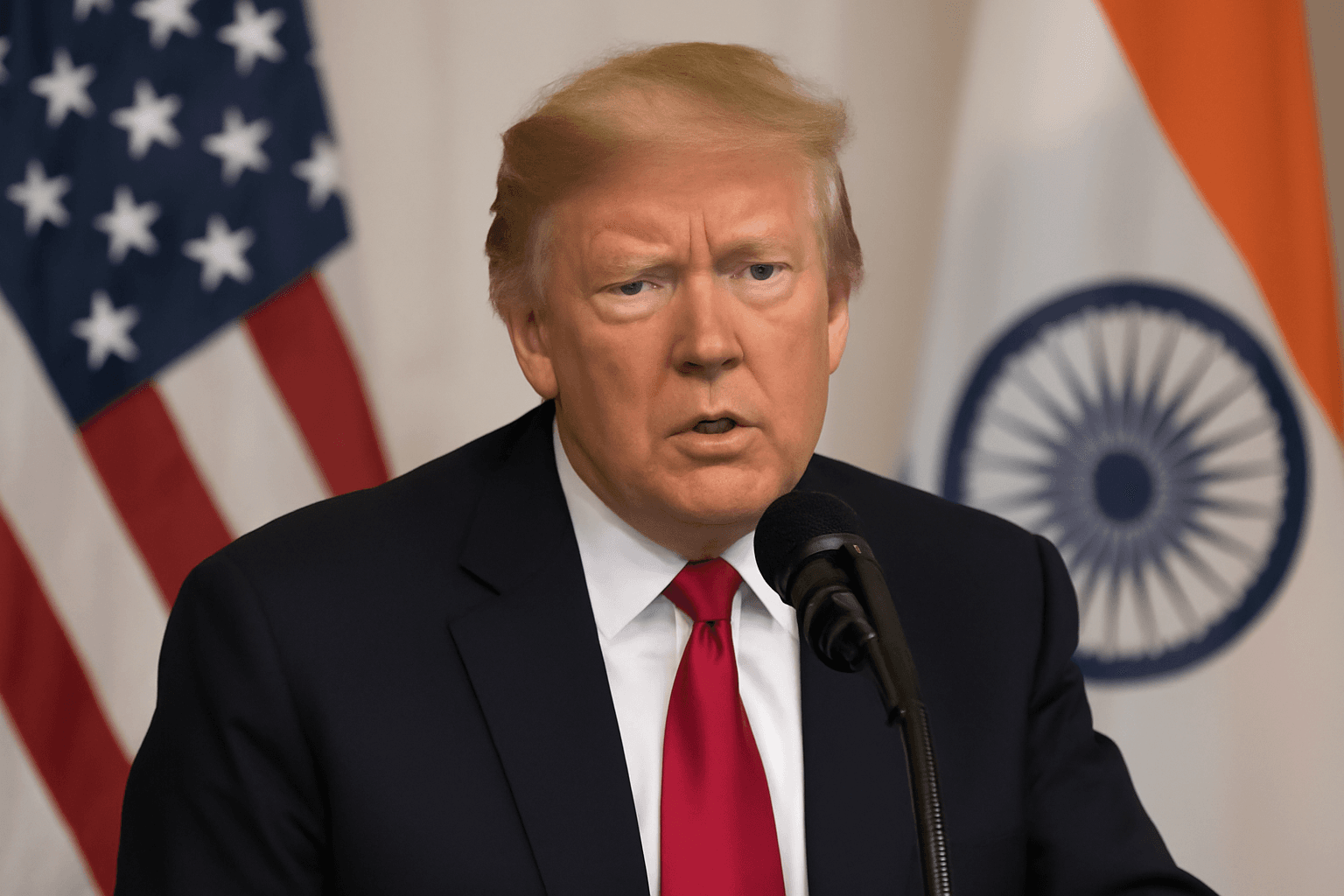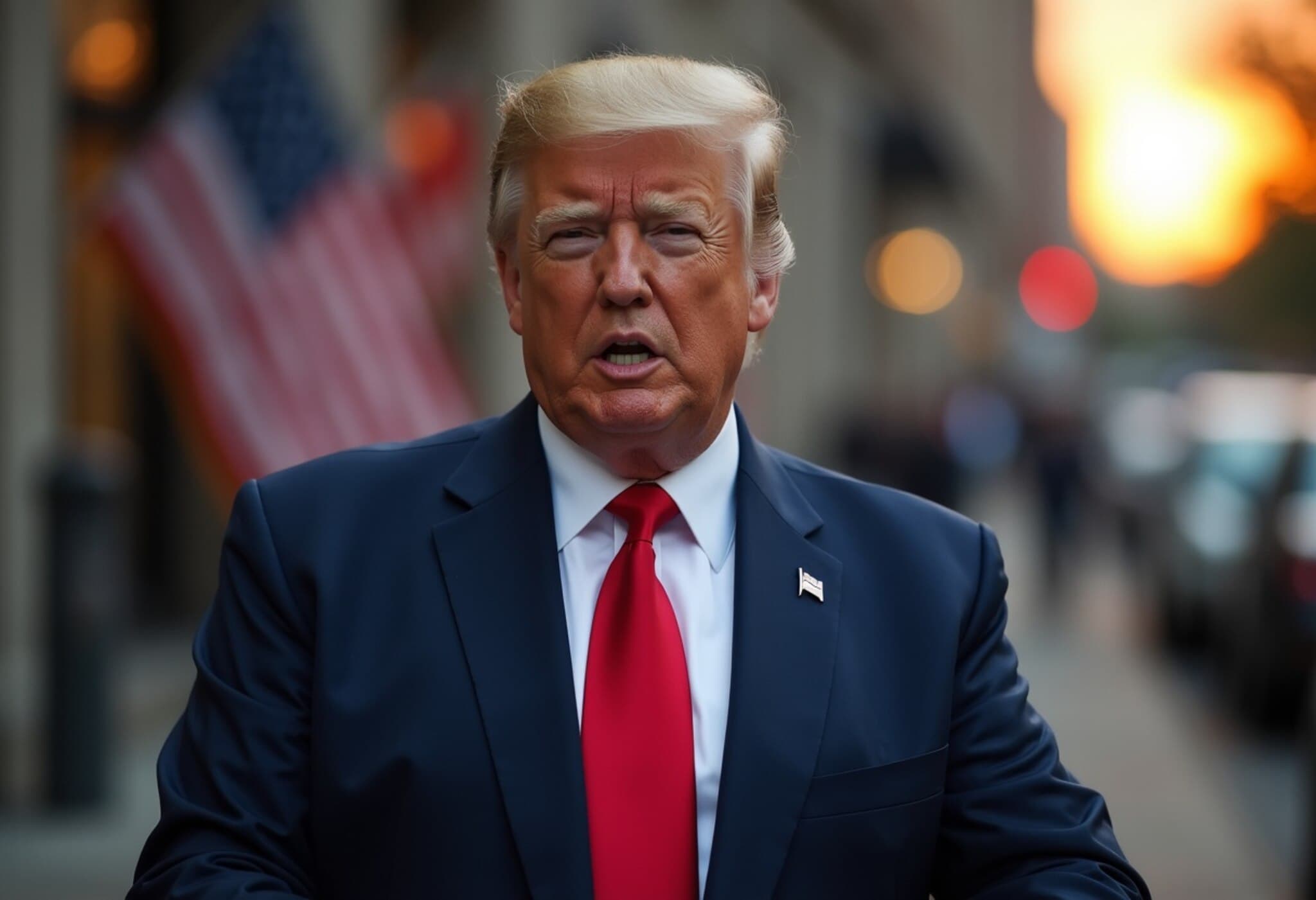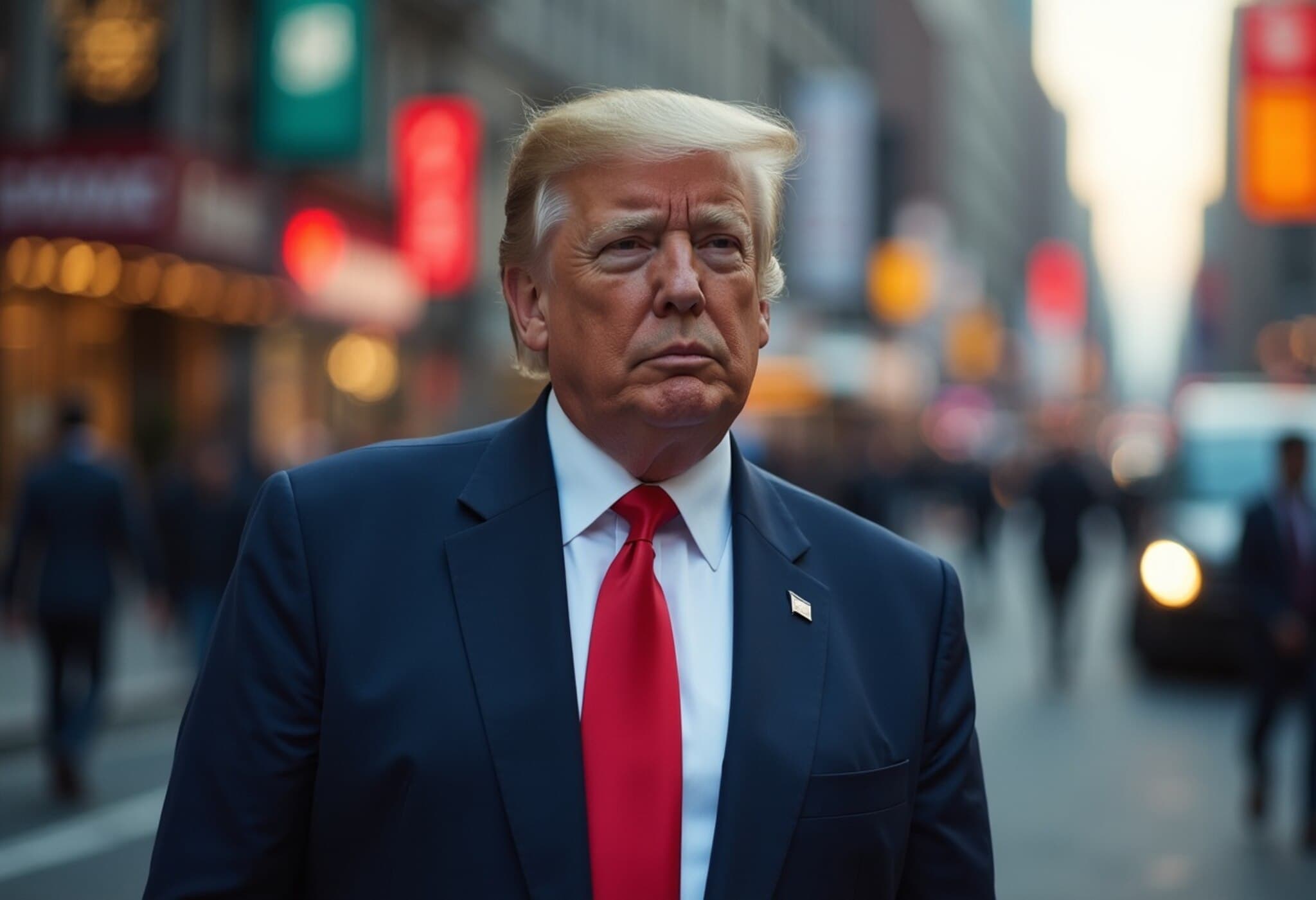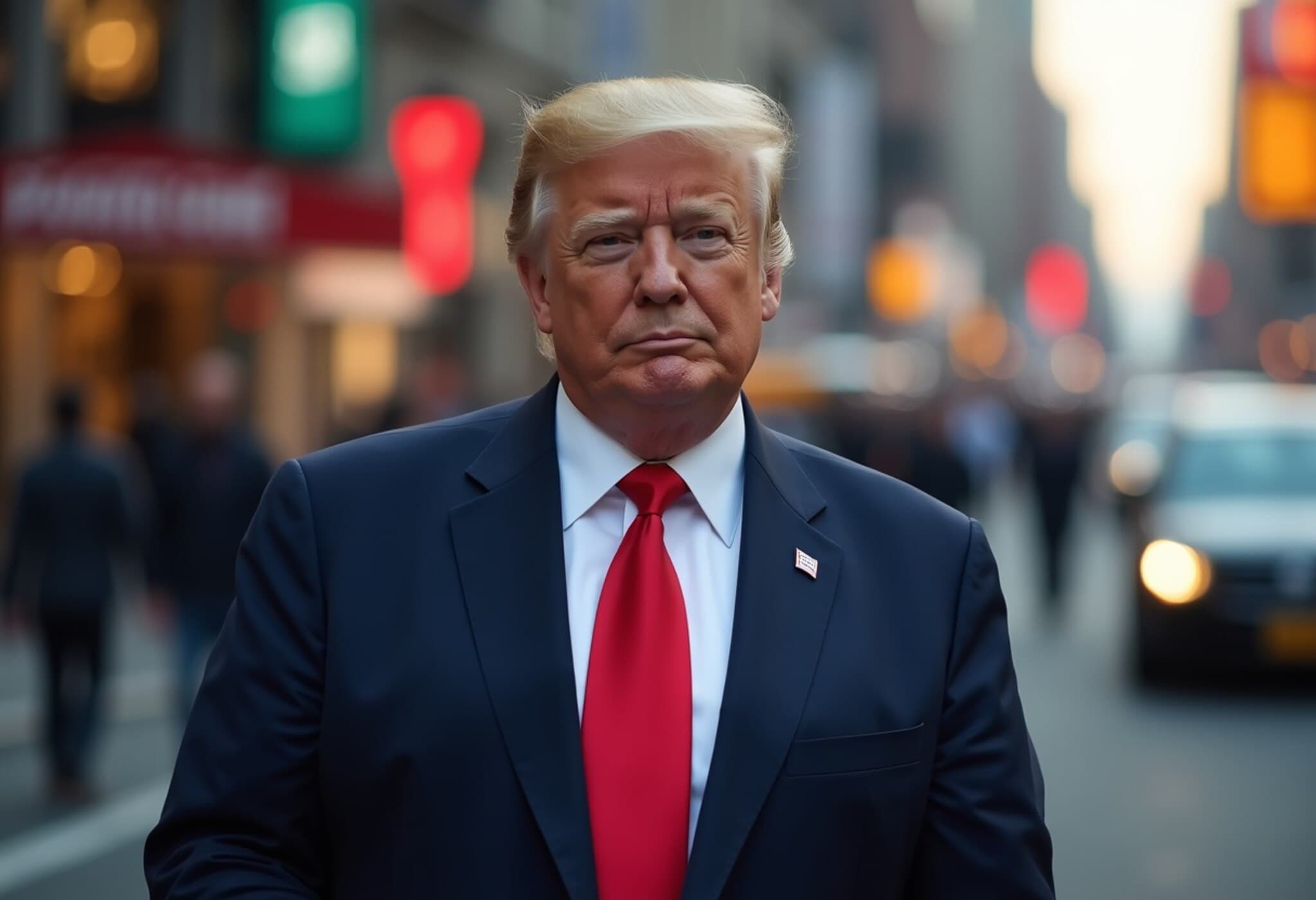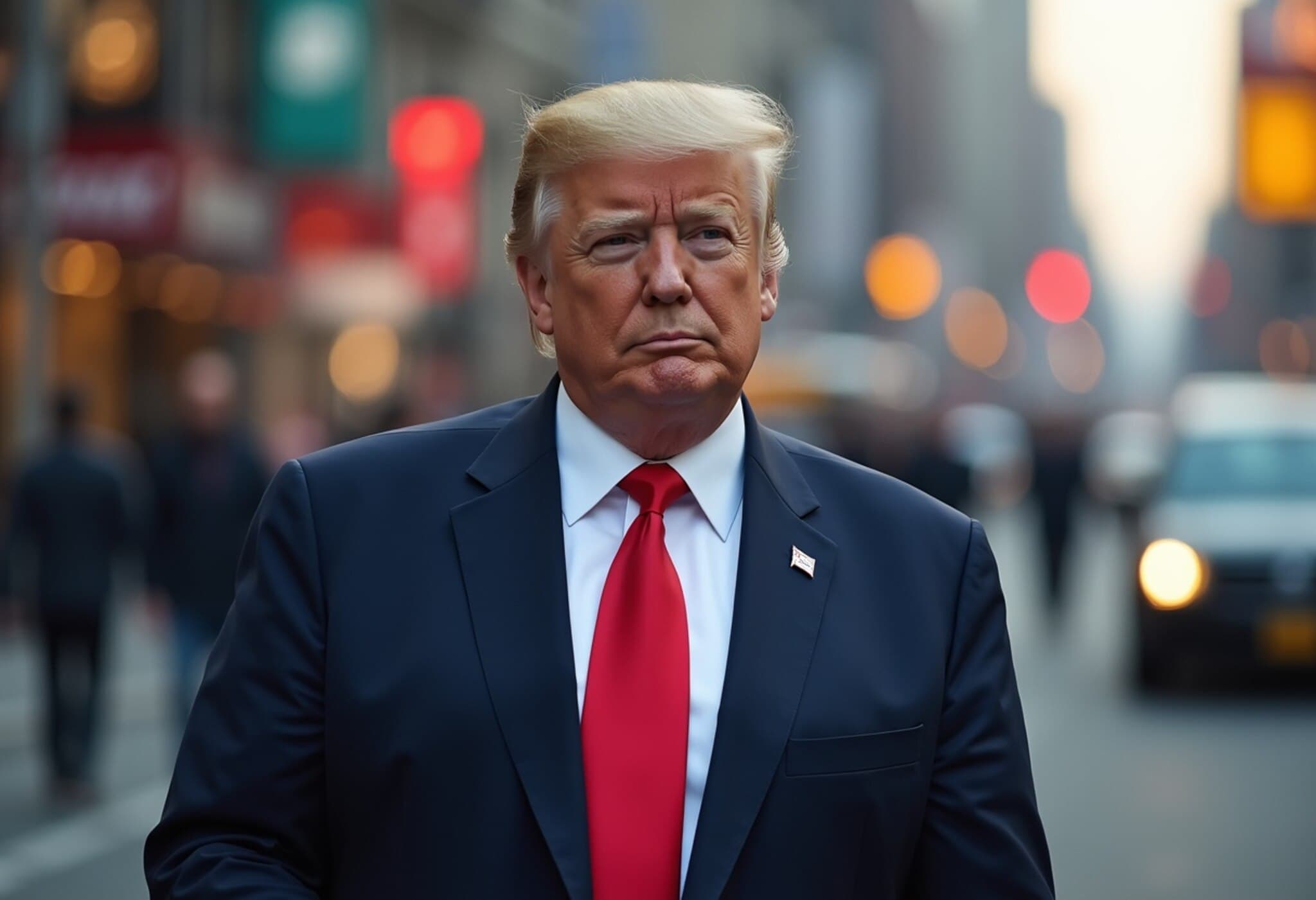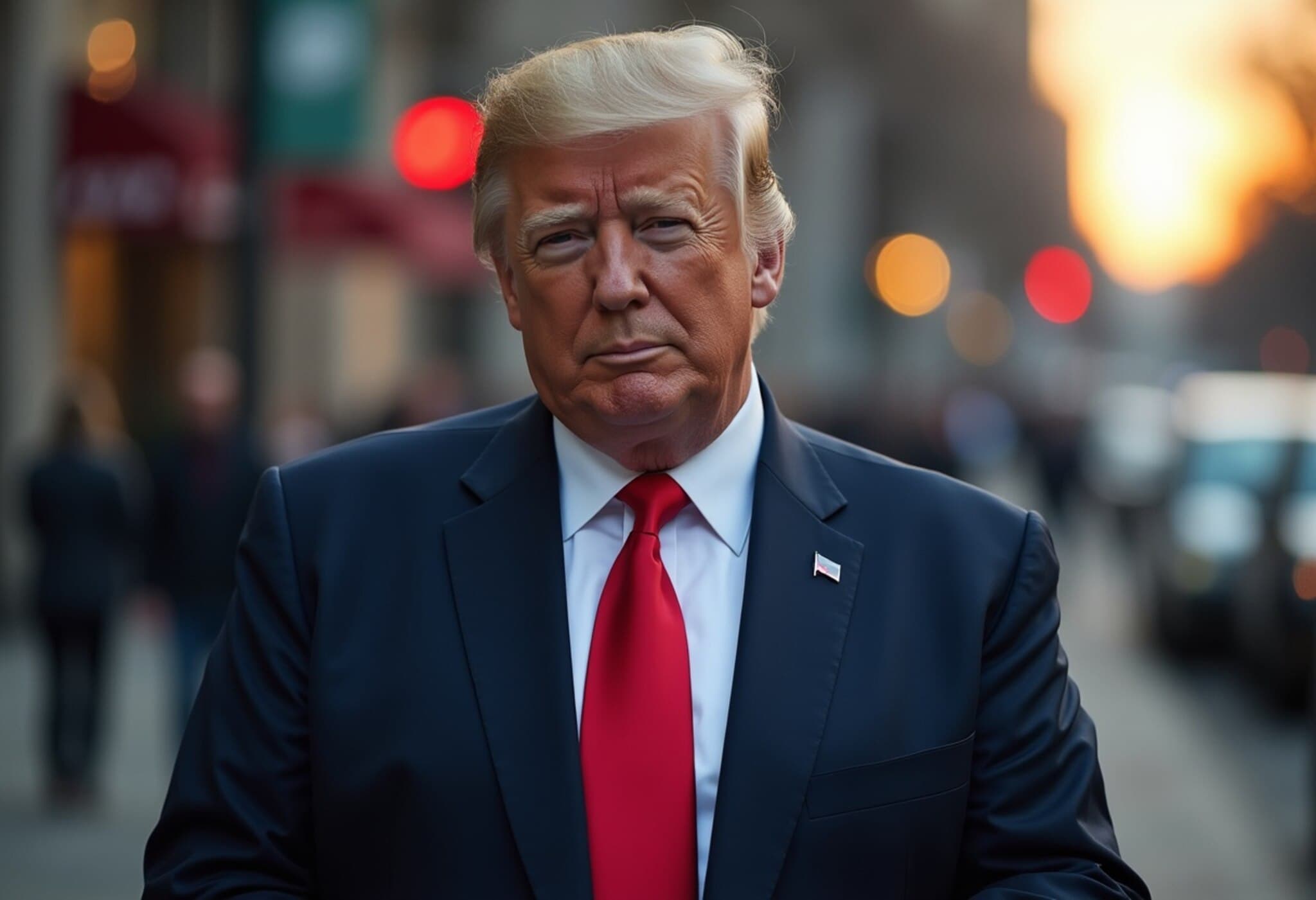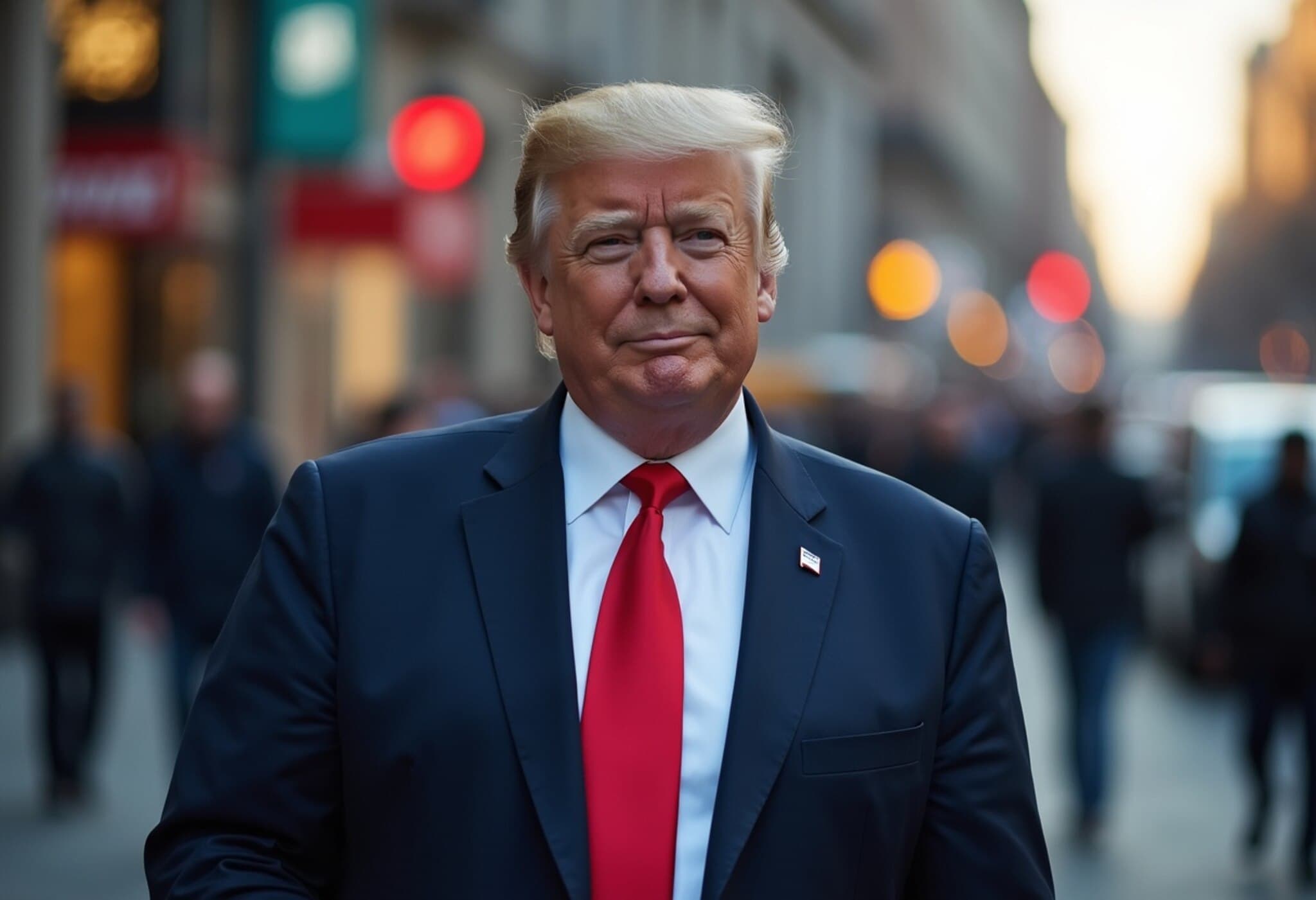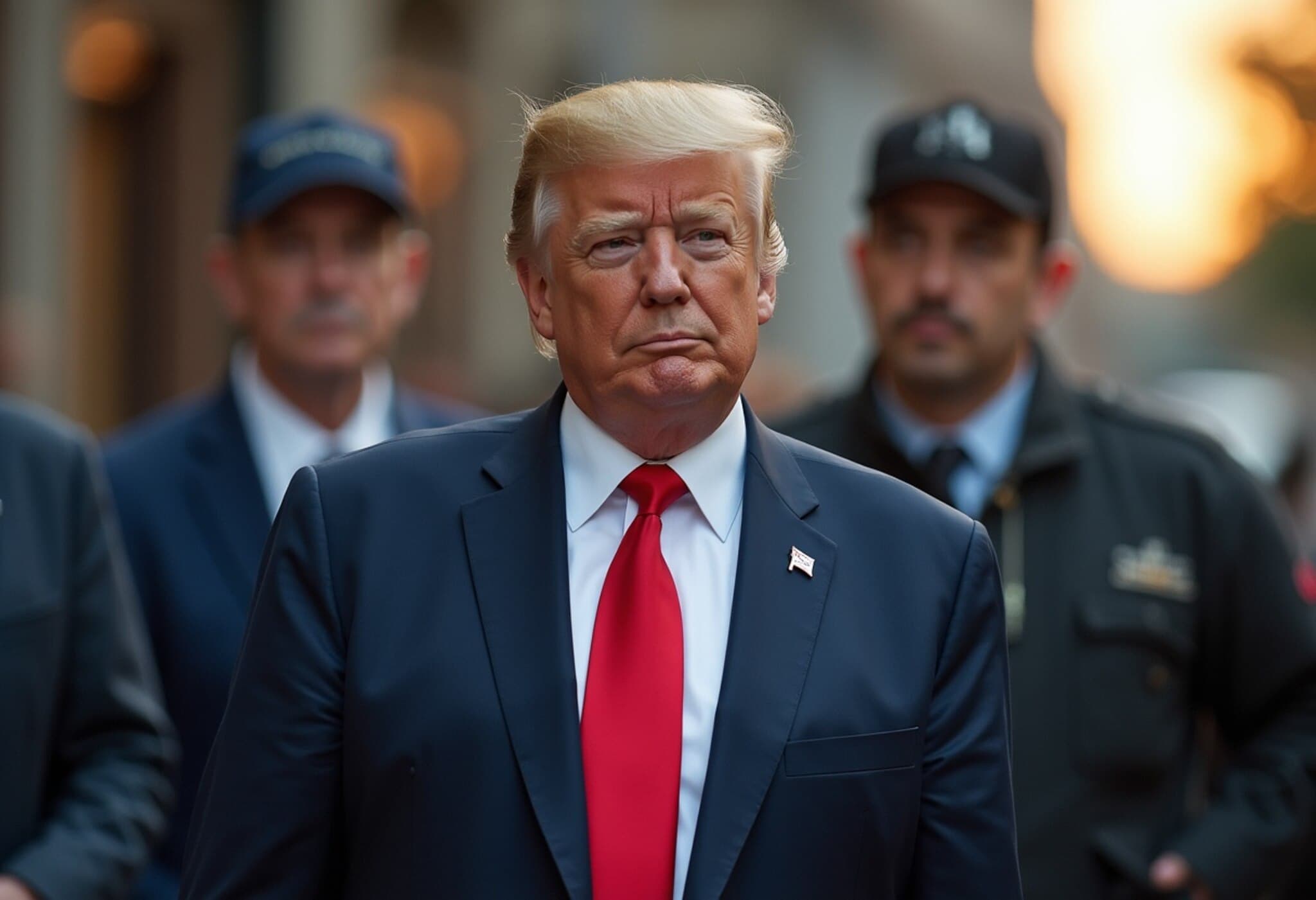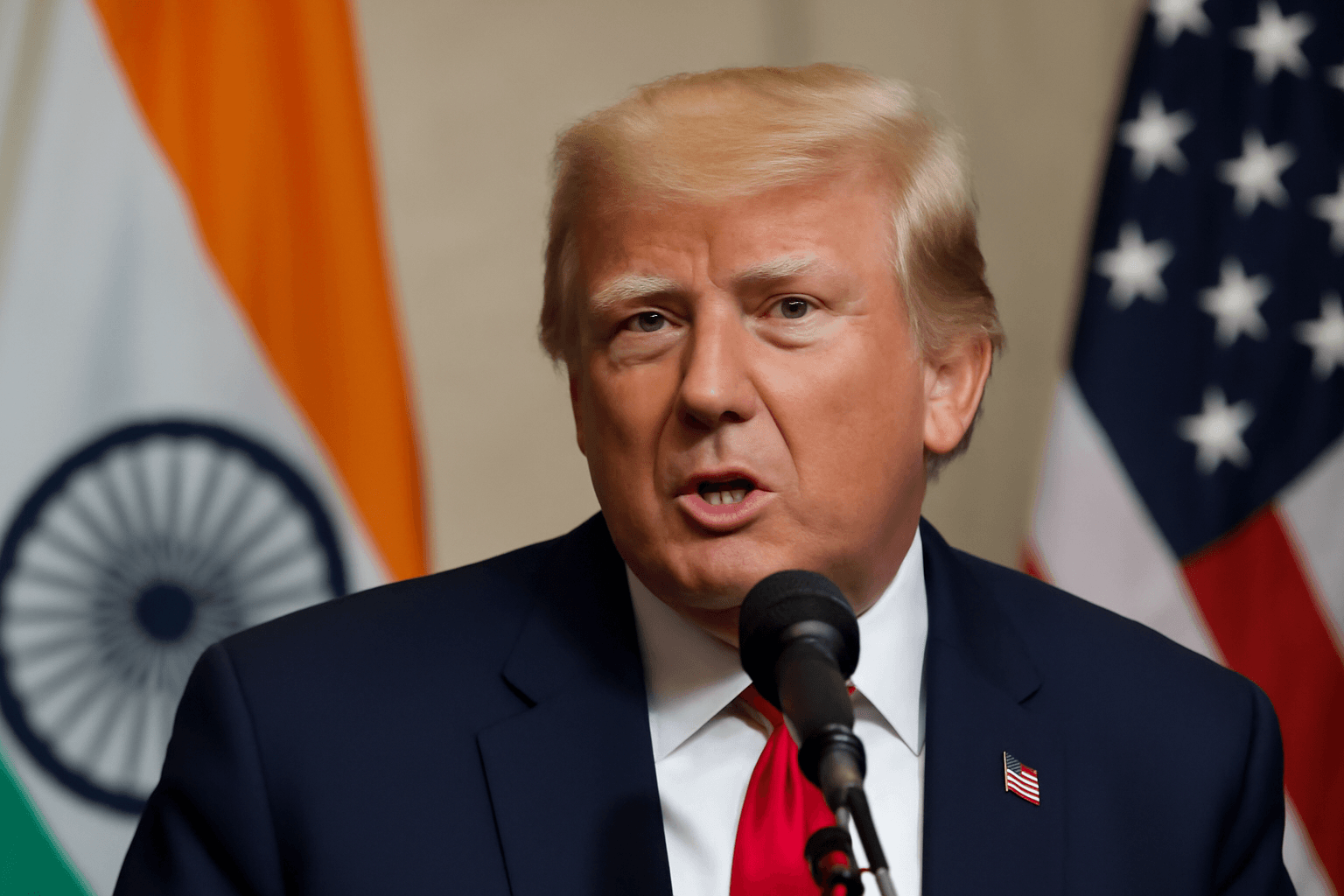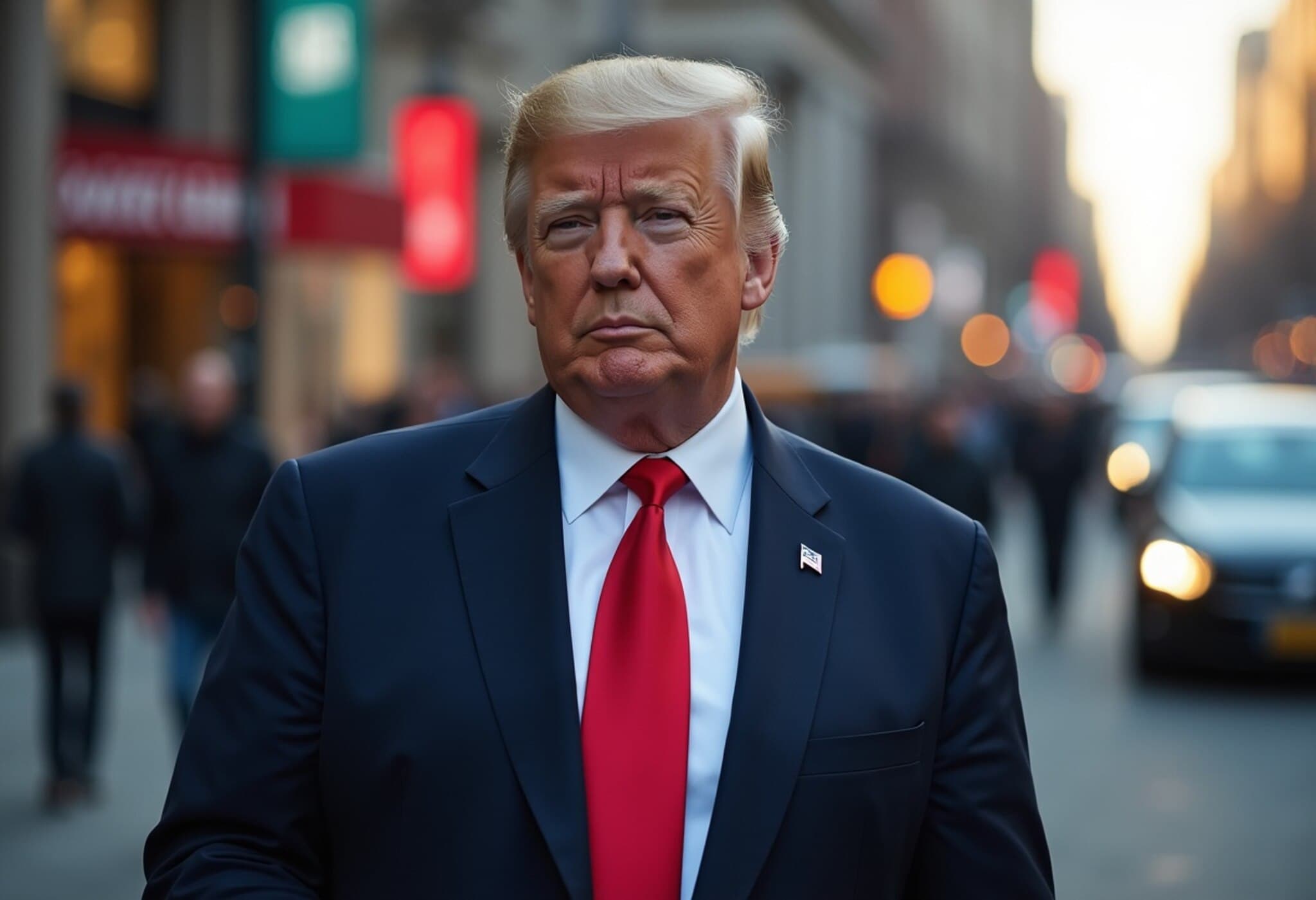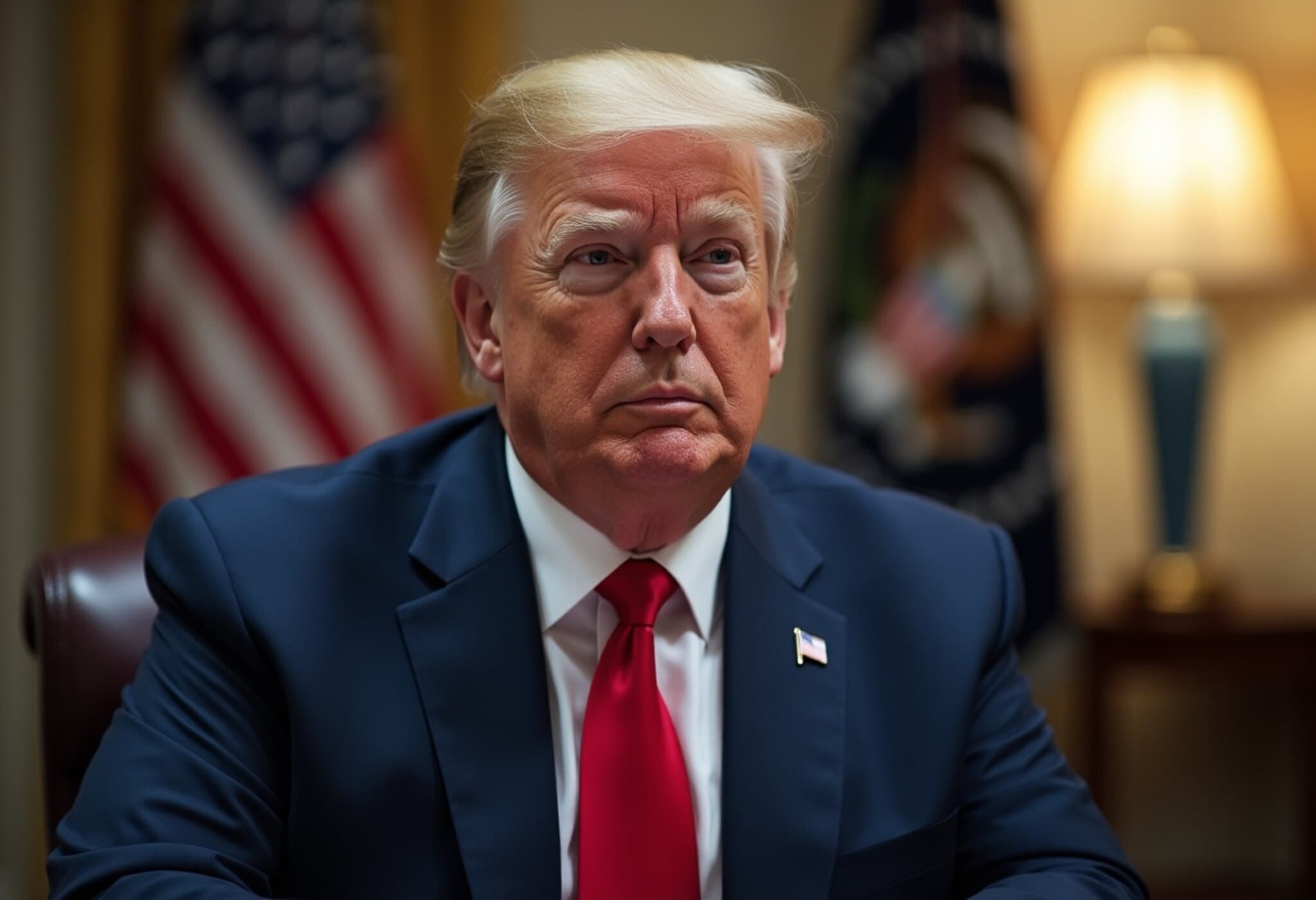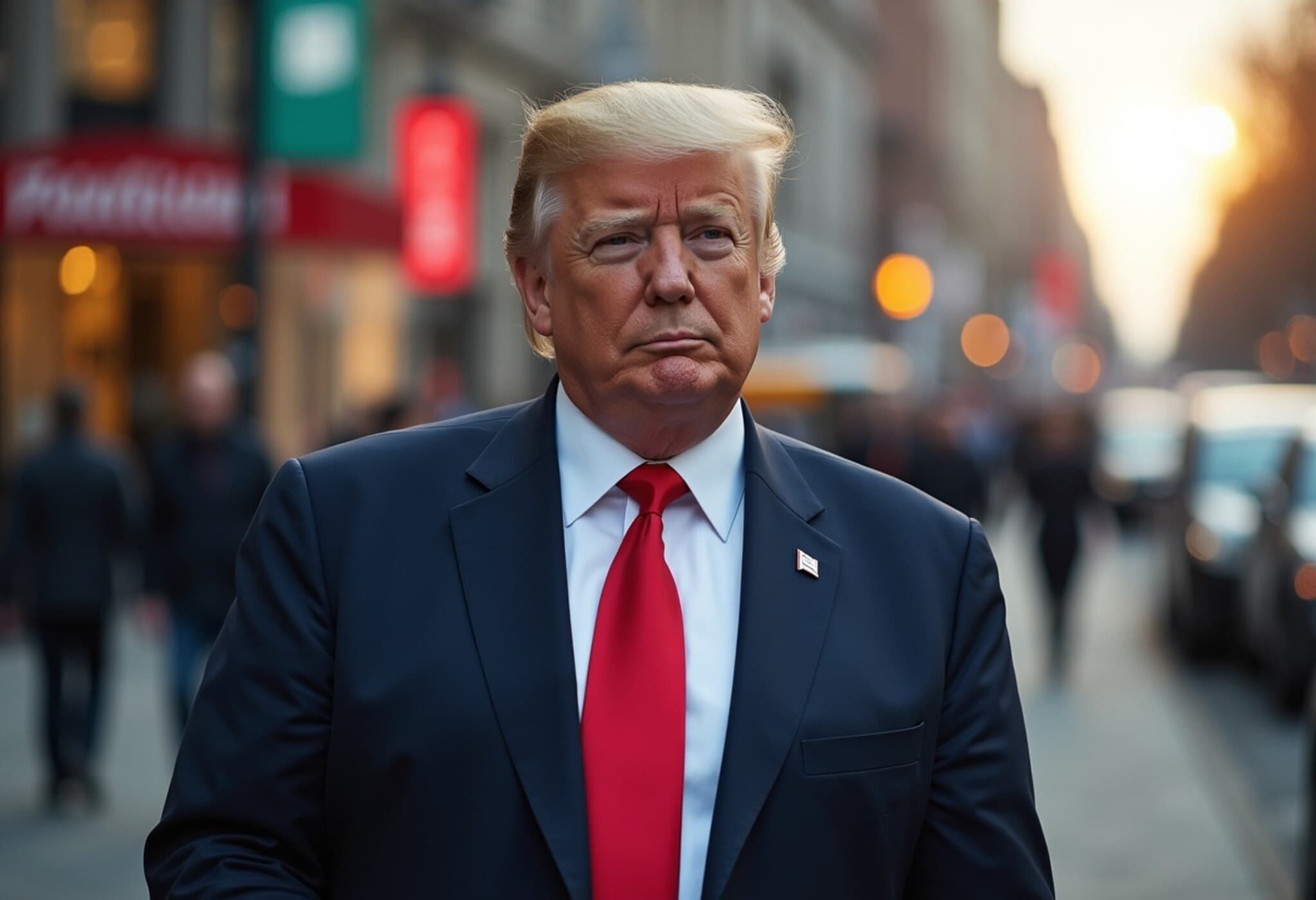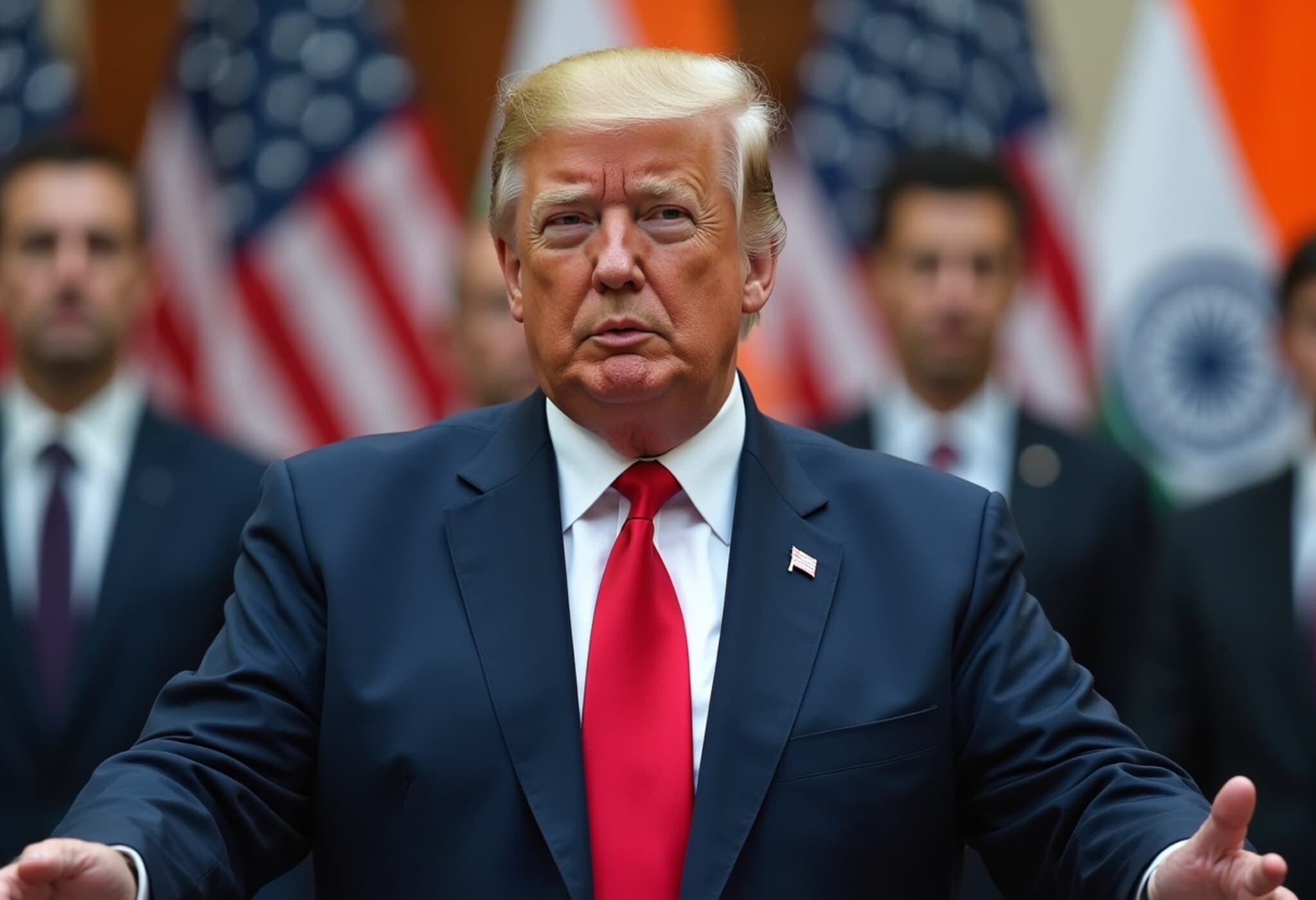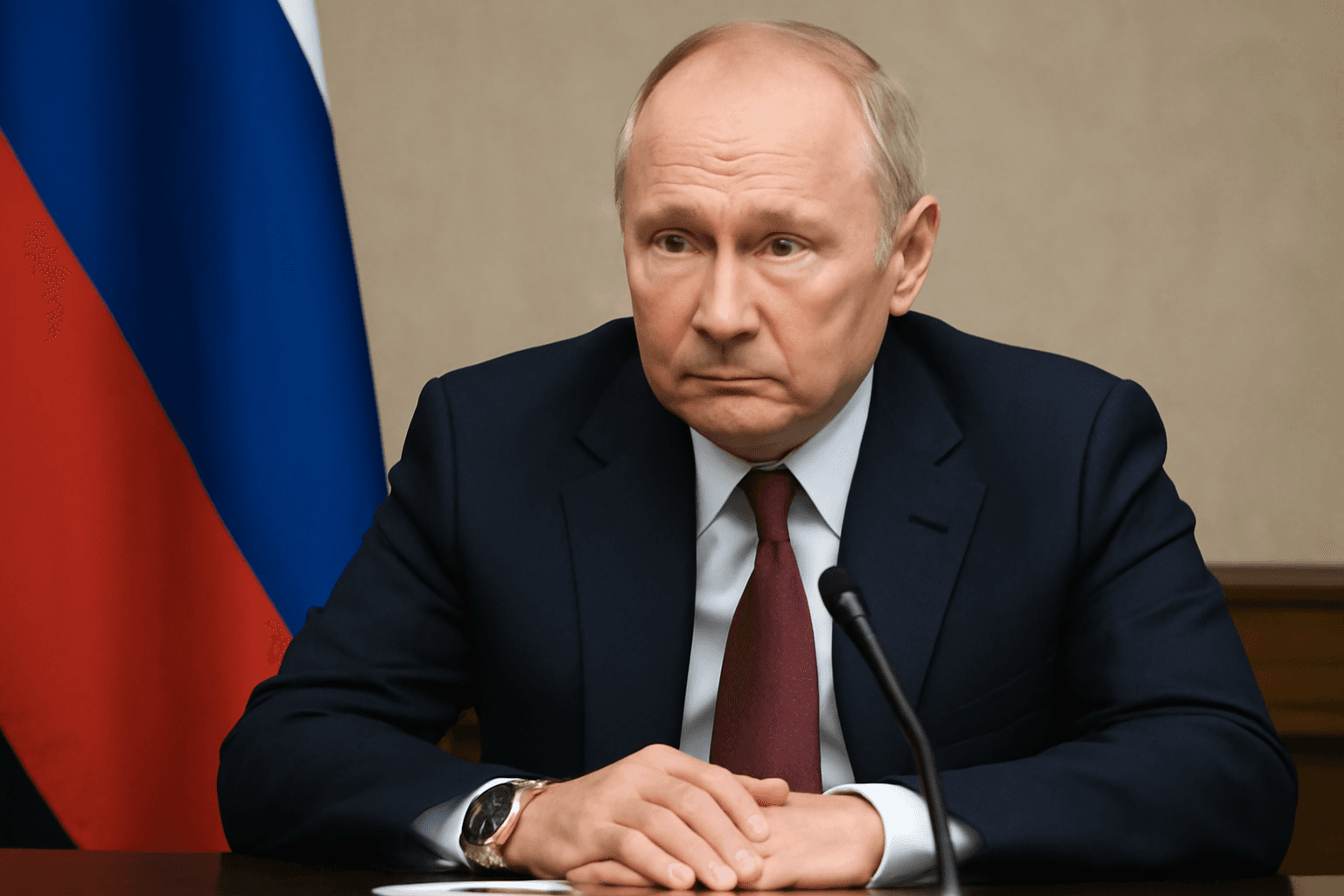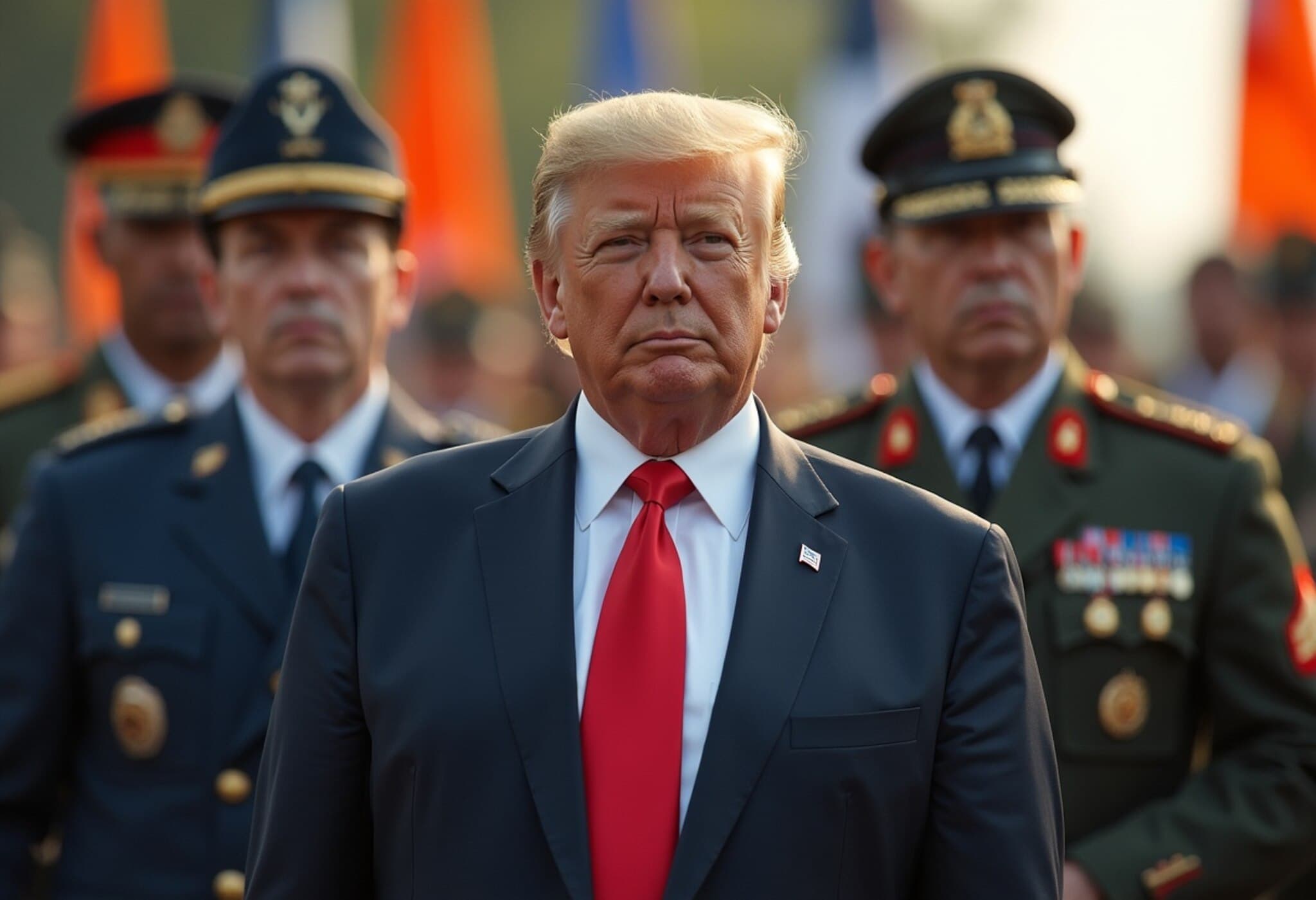Trump Vows to Increase Tariffs on India Amid Heightened Trade Disputes
On August 5, 2025, former U.S. President Donald Trump reiterated his hardline stance on trade, declaring India "not a good trading partner" and warning of impending new tariffs to be imposed within 24 hours. This announcement marks an escalation in tensions between the two economic giants, as the U.S. has already slated a 25% tariff on Indian imports effective August 7.
Background: The Current Tariff Landscape
Earlier this year, Washington introduced a 25% tariff targeting a broad range of Indian goods, citing concerns over trade imbalances and protection of domestic industries. The tariff took center stage as the latest chapter in a complex trade relationship that includes both cooperation and contention.
Trump's Rationale: Trade Imbalance and Russian Oil Purchases
In a candid interview with CNBC, Trump expressed frustration that the U.S. continues to run a trade deficit with India. He characterized the relationship as one-sided, stating, "India does a lot of business with us, but we don’t do business with them." He further tied his tariff decision to India's ongoing purchase of Russian oil, asserting that this complicity indirectly supports Russian military aggression in Ukraine.
Trump's remarks followed a critical post on his social media platform, Truth Social, where he accused India of buying "massive amounts of Russian oil" and profiteering by selling much of it on global markets, showing disregard for the humanitarian crisis unfolding in Ukraine.
Strategic and Economic Implications
- Trade Diversification vs. Protectionism: While tariffs serve to protect American manufacturers, escalating duties risk straining diplomatic and economic ties with India, a key player in South Asia and a vital partner in global supply chains.
- Energy Politics and Sanctions Enforcement: The U.S. administration’s pressure on India reflects broader Western efforts to isolate Russia economically. However, India's energy needs and geopolitical balancing act complicate its stance.
- Impact on Consumers and Businesses: Increased tariffs potentially lead to higher prices for goods in the U.S., affect American companies reliant on Indian suppliers, and disrupt cross-border investments.
Expert Analysis: Navigating a Complex Trade Relationship
Trade experts note that the announced tariff increase could backfire if not managed carefully. According to Dr. Emily Sharma, an international trade analyst at Georgetown University, "The U.S. risks alienating a strategic partner just as China’s influence expands in the region. Instead of punitive tariffs, a more nuanced approach involving dialogue on energy sourcing and trade barriers might yield sustainable outcomes."
Additionally, legal scholars caution that sudden tariff hikes could trigger retaliatory measures from India or disputes within the World Trade Organization framework, further complicating bilateral ties.
Looking Ahead: Questions for Policymakers
- Can the U.S. balance enforcement of its sanctions regime against Russia without jeopardizing its relationship with India?
- What alternatives exist to tariffs for addressing trade imbalances and energy concerns?
- How will Indian policymakers respond to escalating pressure, and what impact will this have on global trade dynamics?
Editor’s Note
President Trump’s announcement underscores the complexities of modern geopolitics where trade policy intersects with international security and energy diplomacy. While tariffs are a blunt but historically favored tool in American economic policy, the evolving interplay with India—one of the world’s fastest-growing economies—calls for strategies that appreciate diplomatic nuance and long-term partnership potential. As this story develops, it raises critical questions about the balance between protecting national interests and maintaining vital global alliances.

